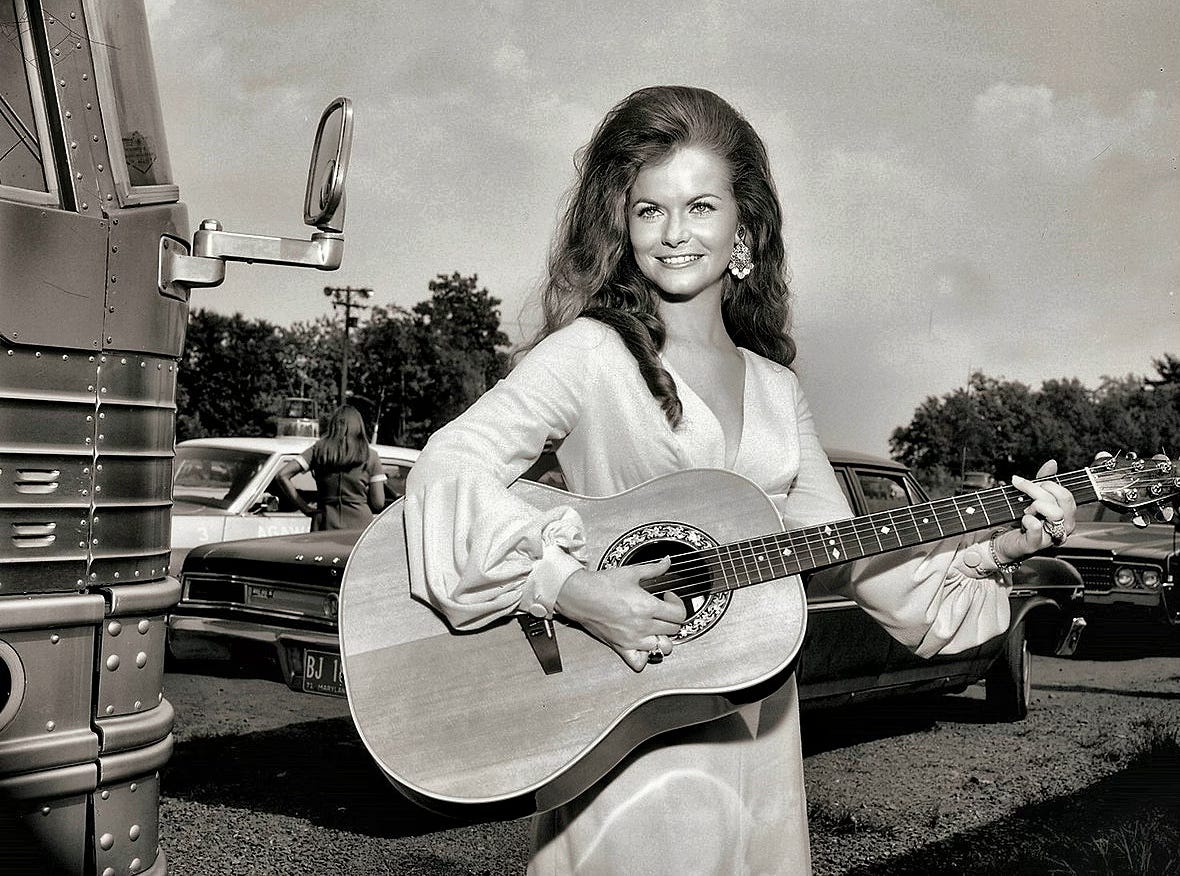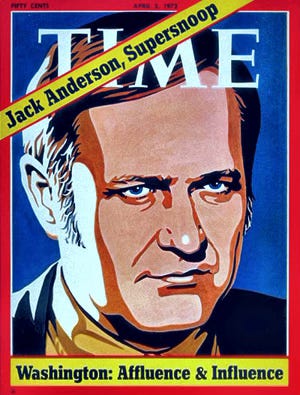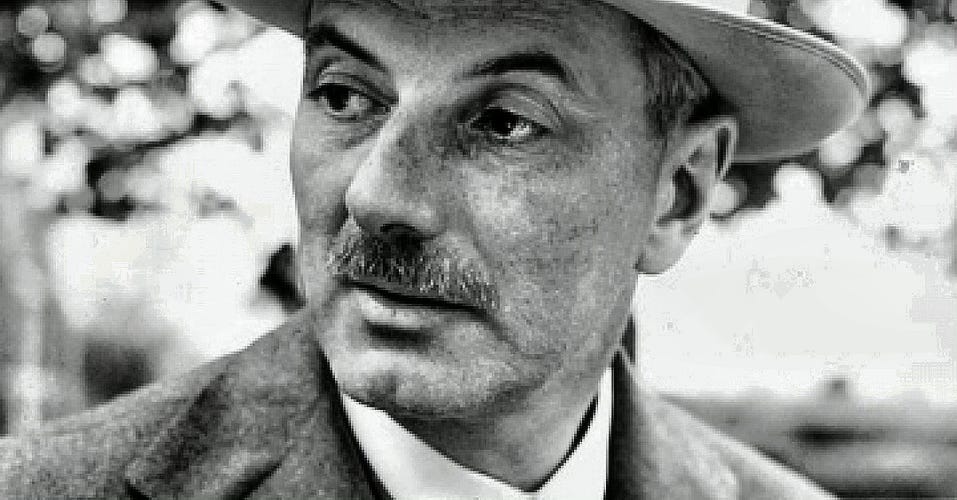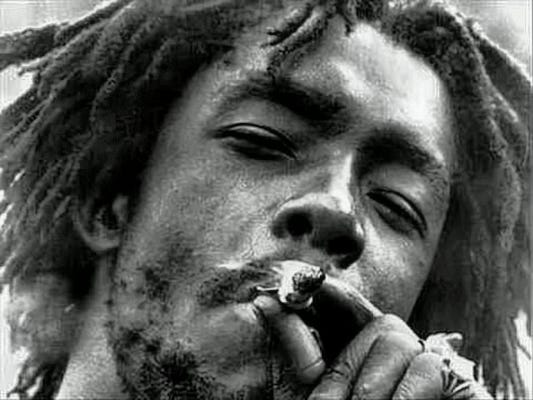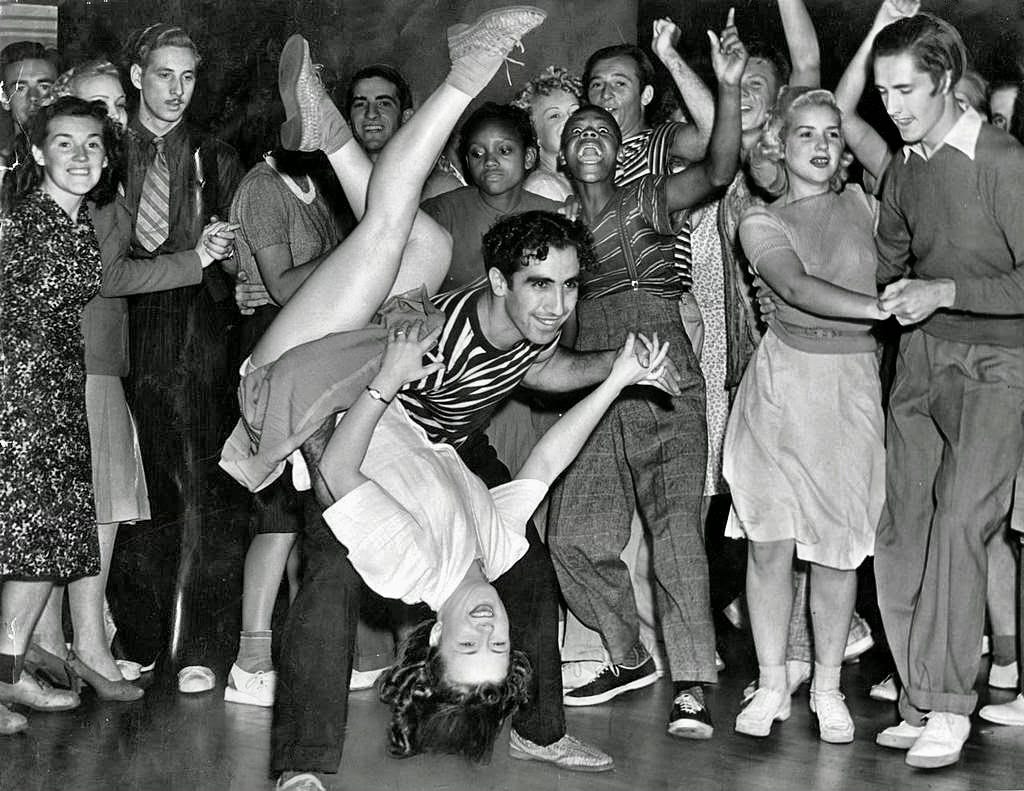Jeannie C. Riley is 78 years old today
Jeannie C. Riley is 78 years old today.
Riley is best known for her 1968 country and pop hit, "Harper Valley PTA," written by Tom T. Hall, which missed (by one week) becoming the Billboard Country and Pop #1 hit at the same time.
In subsequent years, she had moderate chart success with country music, but never again duplicated the success of "Harper Valley PTA." She became a born-again Christian and began recording gospel music during the late 1970s.
Born in Stamford, Texas, as a teenager, she married Mickey Riley and gave birth to a daughter, Kim Michelle Riley on January 11, 1966. Later, they moved to Nashville after receiving a letter from Weldon Myrick, who heard a demo tape of Jeannie's and believed she could be successful.
In Nashville, Riley worked as a secretary for Passkey Music while recording demos on the side. Riley's career was stagnant until a former Mercury Records producer, Shelby Singleton, received a demo tape of Riley's voice. Singleton was starting and succeeding with his own label, Plantation Records, at the time.
Singleton worked with Riley in the recording of the Tom T. Hall demo song where he saw potential, "Harper Valley PTA." The record quickly became one of the best-known country music songs of all time.
"Harper Valley PTA" was released in 1968. The song immediately became a hit for Riley and went to #1 on both the Billboard Pop and Country charts — a feat not repeated until 1981 when Dolly Parton released "9 to 5."
The song is about a widowed woman by the name of Mrs. Johnson, who confronts a group of members of the PTA after her daughter brings home a note from school that's critical of her (Mrs. Johnson's) habits of wearing miniskirts, going out with men and other behavior of which they do not approve.
The climax of the song comes when Mrs. Johnson turns the tables on the PTA and exposes their hypocrisy, one member at a time.
Riley and the song became an overnight sensation. Globally the single sold over five and a half million copies, and the album of the same name sold over one million copies.
The song was a phenomenon which led to Riley making country music history in 1969 as the first female vocalist to have her own major network variety special, Harper Valley U.S.A. She hosted the show along with Jerry Reed and it featured performances by Mel Tillis and Harper Valley’s writer, Tom T. Hall.
The song spawned a 1978 film and a 1981-83 television series, both titled Harper Valley PTA and both starring Barbara Eden as the widow, Mrs. Johnson.
Here, Riley performs “Harper Valley P.T.A.”
Dave Guard, founding member of the Kingston Trio, was born 89 years ago today.
Guard was a folk singer, songwriter, arranger and recording artist. Along with Nick Reynolds and Bob Shane, he founded The Kingston Trio.
Guard was born in San Francisco and went to Punahou School in Honolulu in what was then the pre-statehood U.S. Territory of Hawaii. Upon completion of his final year of high school in 1952 at Menlo School, a private prep school in Menlo Park, California, he attended nearby Stanford University, graduating in 1957 with a degree in economics.
While an undergraduate at Stanford, Guard started a pickup group with Reynolds and Shane. Guard called his group Dave Guard and the Calypsonians, with a Weavers-style signature sound that was principally two guitars, a banjo and rollicking vocals.
Guard kept the group together after Reynolds and Shane left, changing the name of the Calypsonians to The Kingston Quartet. Then, in 1957, when Reynolds and Shane agreed to team up with Guard again, the group changed its name to The Kingston Trio.
Under contract with Capitol Records, the Trio became a huge commercial and influential success.
On March 22, 1991, aged 56, Guard succumbed to lymphoma. In 2000, The Kingston Trio was inducted into the Vocal Group Hall of Fame.
A Life Changing Personal Encounter with Jack Anderson...
Jack Anderson, legendary investigative reporter and the man who caused a job crisis for me in my early 20s, was born 101 years ago today.
Anderson was syndicated by United Features Syndicate and considered one of the fathers of modern investigative journalism. He won the 1972 Pulitzer Prize for National Reporting for his investigation on secret American policy decision-making between the United States and Pakistan during the Indo-Pakistani War of 1971.
In addition to his newspaper career, Anderson also had a syndicated radio show with the Mutual Broadcasting Network, acted as Washington bureau chief of Parade Magazine and was a commentator on ABC-TV's Good Morning America for nine years.
As a young 22-year-old press assistant working for Sen. Robert Byrd of West Virginia, Anderson precipitated a crisis in my life in Washington. On a topic long forgotten, I encountered the reporter on the telephone and nervously attempted to give him Byrd’s position on some issue. Anderson didn’t buy the bullshit and called me on it.
“You are the worst goddamn liar I’ve ever heard,” Anderson shouted at me. “You’re never going to make it in politics.”
Deep inside, I knew Anderson was right.
It was a defining moment in my professional life. I was so shaken by Anderson’s comment that day that I decided to quit Byrd and politics forever. A short time later, I became a reporter for United Press International. I was assigned to cover the civil rights movement in Mississippi.
Jack Anderson was a real investigative reporter in the days when they actually existed. He was a key and often controversial figure in reporting on J. Edgar Hoover's apparent ties to the Mafia, the Watergate scandal and the John F. Kennedy assassination.
Anderson also broke open the investigation and harassment by the Nixon administration of John Lennon during the fight to deport Lennon, the search for fugitive ex-Nazi officials in South America and the savings and loan crisis.
He discovered a CIA plot to assassinate Fidel Castro, and was credited for breaking the Iran–Contra affair, though he has said the scoop was "spiked" because he had become too close to President Ronald Reagan.
Anderson was diagnosed with Parkinson's disease in 1986. In July, 2004, at the age of 81, Anderson retired from his syndicated column, "Washington Merry-Go-Round." He died of complications from Parkinson's disease.
In retrospect, I view that pivotal encounter with Jack Anderson as a critical moment in my life. A cut-to-the-chase kind of reporter, Anderson — in one simple sentence — put me on the right career path. He was the real thing, I knew what I was doing was phony.
Anderson gave me authenticity. I’ll never forget him for that.
Lewis Mumford was born 128 years ago today.
Mumford was a historian, sociologist, philosopher of technology and influential literary critic. Particularly noted for his study of cities and urban architecture, he had a broad career as a writer.
Mumford was influenced by the work of Scottish theorist, Sir Patrick Geddes. He was also a contemporary and friend of Frank Lloyd Wright, Clarence Stein, Frederic Osborn, Edmund N. Bacon and Vannevar Bush.
Mumford was born in Flushing, Queens, New York, and graduated from Stuyvesant High School in 1912. He studied at the City College of New York and The New School for Social Research, but became ill with tuberculosis and never finished his degree.
In 1919, he became associate editor of The Dial, an influential modernist literary journal. He later worked for The New Yorker where he wrote architectural criticism and commentary on urban issues.
Mumford's earliest books in the field of literary criticism have had a lasting impact on contemporary American literary criticism. The Golden Day contributed to a resurgence in scholarly research on the work of 1850's American transcendentalist authors.
His book, Herman Melville: A study of His Life and Vision, effectively launched a revival in the study of the work of Herman Melville. Soon after, with the book, The Brown Decades, he began to establish himself as an authority in U.S. architecture and urban life, which he interpreted in a social context.
In his early writings on urban life, Mumford was optimistic about human abilities and wrote that the human race would use electricity and mass communication to build a better world for all humankind. He would later take a more pessimistic stance.
His early architectural criticism also helped to bring wider public recognition to the work of Henry Hobson Richardson, Louis Sullivan and Frank Lloyd Wright.
Mumford's influence is also evident in the work of some artists including Berenice Abbott's photographs of New York City in the late 1930s.
Lewis Mumford died at the age of 94 at his home in Amenia, New York on January 26, 1990.
Jennifer Holliday is 63 years old today.
Holiday started her career in Broadway musicals. She starred at age 21 in Dreamgirls and later became a successful recording artist.
She originated the role of Effie Melody White in Dreamgirls and remained with the show for nearly four years after its December 20, 1981 opening. She is best known for the Dreamgirls’ showstopper, "And I Am Telling You I'm Not Going."
Among the acclaim was Holliday's sweep of awards in 1982, including the Tony Award for Best Leading Actress in a Musical, a Grammy Award for her recorded version of the song and Drama Desk and Theater World awards for her acting performance.
Holliday landed her first big role in 1979 at age 19 in the Broadway production, Your Arms Too Short to Box with God. Her performance in that musical earned her a 1981 Drama Desk nomination.
Holliday also performed in the touring company of Sing, Mahalia, Sing in 1985. In 1998, Holliday was featured on the album, My Favorite Broadway Ladies, as one of "The Queens of Broadway."
In the 1990s, Holliday lost a substantial amount of weight and talked about her health struggles with depression during promotional interviews. Initially, the weight loss was attained strictly by diet.
Eventually, in an effort to avoid regaining the weight, Holliday had gastric bypass surgery. After the initial weight loss, she released an LP and video, I’m On Your Side. The video, unlike most videos, was recorded live.
Here, Holliday performs her signature song, "And I Am Telling You I'm Not Going."
Artist Peter Max is 86 years old today.
Max is a German-born American illustrator and graphic artist, known for the use of psychedelic shapes and color palettes as well as spectra in his work. His work was first identified as having been a popular part of the counter culture and psychedelic movements in graphic design during the late 1960s and early 1970s.
Max is known for using bursts of color, often containing much or all of the visible spectrum. His work was both influenced by, as well as widely imitated by, others in the field of commercial illustration, such as Heinz Edelmann.
Max works in multiple media including painting, drawing, etchings (including aquatint), collage, print making, sculpture, video and digital imagery. He also includes "mass media" as being another "canvas" for his creative expression.
Max often uses American icons and symbols in his artwork. He has created paintings of presidents Ford, Carter, Reagan and Bush in addition to his 100 Clintons — a multiple portrait installation.
He often features images of celebrities, politicians, athletes and sporting events and other pop culture subjects in his artwork.
Max currently lives in New York City. He has developed advanced dementia, largely the result of Alzheimer's disease.
Peter Tosh was born 79 years ago today.
A Jamaican reggae musician who was a core member of The Wailers (1963–1974), Tosh later had a successful solo career as well as being a promoter of Rastafari.
Tosh was born in Grange Hill, Jamaica, and was raised by his aunt. He began to sing and learn guitar at an early age, inspired by American radio stations.
After a notable career with The Wailers and as a solo musician, he was murdered at his home during a robbery.
During the early 1960s, Tosh met Bob Marley and Bunny Wailer and went to vocal teacher, Joe Higgs, who gave out free vocal lessons to young people, in hopes to form a new band. The trio started singing together in 1962.
Higgs taught the trio to harmonize and while developing their music, they would often play on the street corners of Trenchtown. In 1964, he helped organize the band, The Wailing Wailers, with Junior Braithwaite, a falsetto singer, and backup singers Beverley Kelso and Cherry Smith.
The Wailing Wailers had a major ska hit with their first single, "Simmer Down.” Marley spent much of 1966 in Delaware in the United States with his mother, Cedella (Malcolm) Marley-Booker, and for a brief time was working at a nearby Chrysler factory.
He then returned to Jamaica in early 1967 with a renewed interest in music and a new spirituality. Tosh and Bunny were already Rastafarians when Marley returned from the U.S., and the three became very involved with the Rastafari faith. Soon afterwards, they renamed the musical group, The Wailers.
Tosh would explain later that they chose the name Wailers because to "wail" means to mourn or to, as he put it, “...express one's feelings vocally.”
He also claims that he was the beginning of the group, and that it was he who first taught Bob Marley the guitar. The latter claim may very well be true, for according to Bunny Wailer, the early wailers learned to play instruments from Tosh.
Rejecting the up-tempo dance of ska, the band slowed their music to a rocksteady pace, and infused their lyrics with political and social messages inspired by their new found faith.
The Wailers composed several songs for the American-born singer, Johnny Nash, before teaming with producer, Lee Perry, to record some of the earliest well-known reggae songs, including "Soul Rebel,” "Duppy Conqueror" and "Small Axe.” The collaboration gave birth to reggae music.
On Sept. 11, 1987, just after Tosh had returned to his home in Jamaica, a three-man gang came to his house demanding money. Tosh replied that he did not have any with him but the gang did not believe him. They stayed at his residence for several hours in an attempt to extort money from Tosh and tortured him.
During this time, many of Tosh's friends came to his house to greet him because of his return to Jamaica. As people arrived, the gunmen became more and more frustrated, especially the chief thug, Dennis "Leppo" Lobban, a man whom Tosh had previously befriended and tried to help find work after a long jail sentence.
Tosh said he did not have any money in the house, after which Lobban put a gun to Tosh's head and shot once, killing him. Tosh was 42 years old.
Here, Tosh performs “Rastafari Is.”
Couple swing dancing in the 1940s
Photo from Michael Ochs Archives



